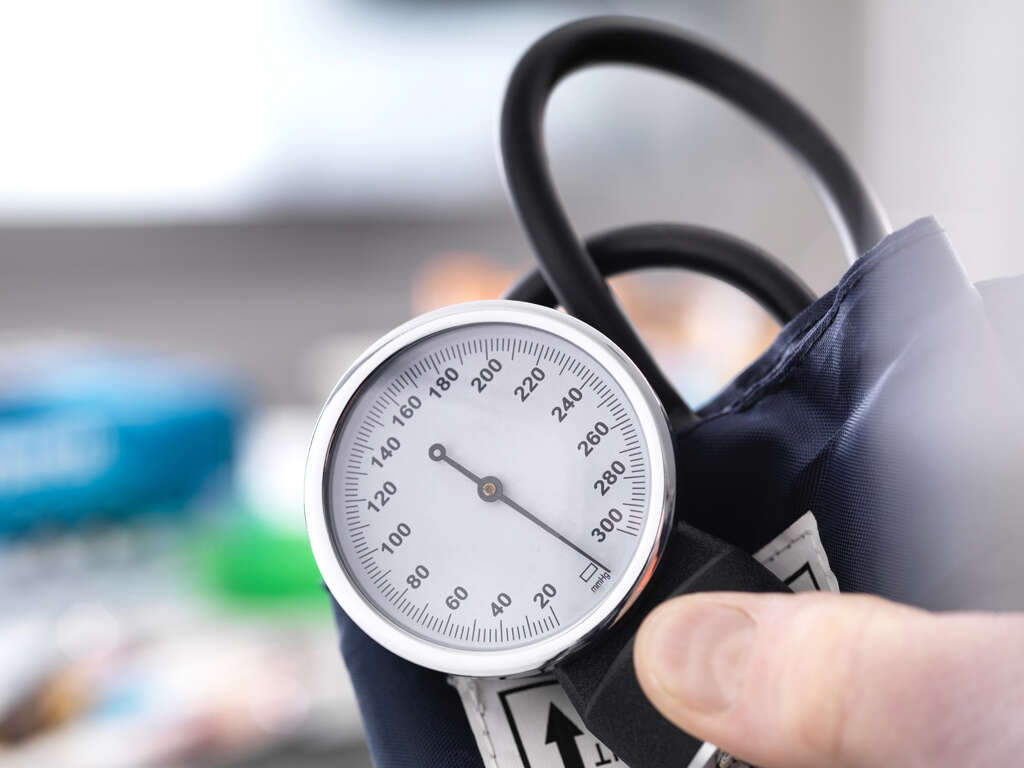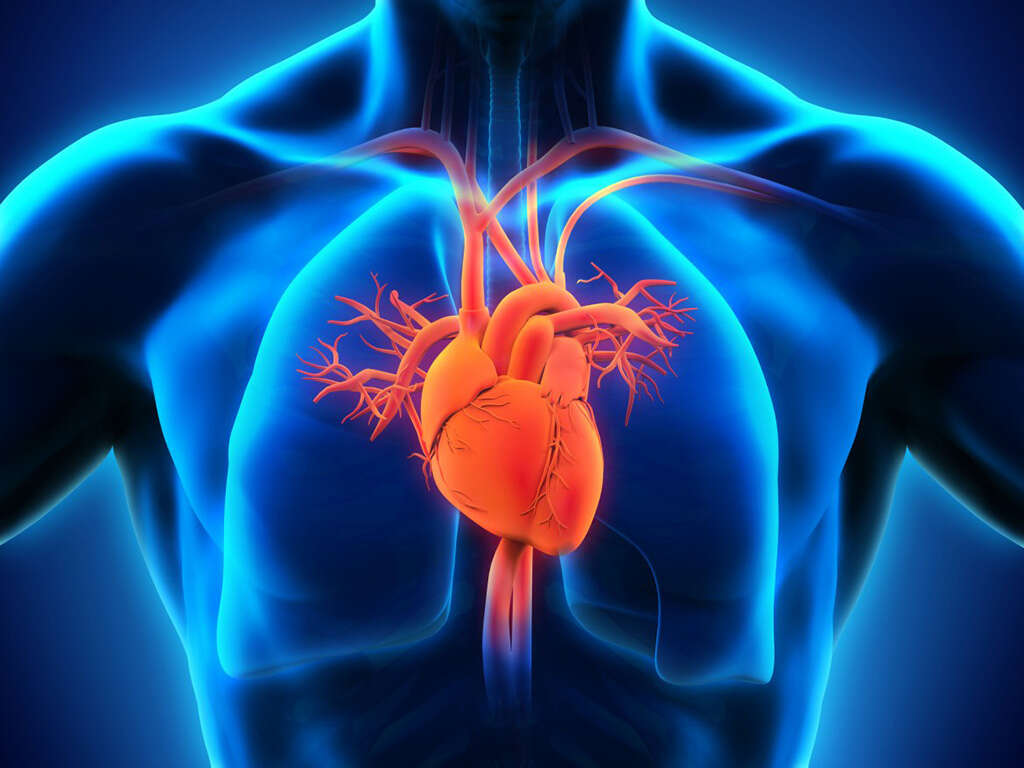10 Pericarditis Symptoms
2. Fever
Fever, or pyrexia, occurs due to a febrile response. It can be defined as having a higher set point in temperature resulting in a higher than normal body temperature. This increase in temperature causes a feeling of coldness (chills), which causes the muscles in the body to start contracting (rigors) in order to generate more heat. This response results in more heat being produced and conserved.
Once the set temperature becomes normal, the patient will start feeling hot and begin to sweat. Fevers in young children may cause a febrile seizure. It is a nonspecific symptom that is commonly seen in various infections (viral, bacterial, parasitic). Noninfectious causes include side effects of medication, cancer, deep vein thrombosis, and more. In pericarditis, the fever is often low-grade and intermittent.
Advertisement










